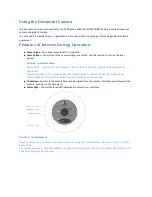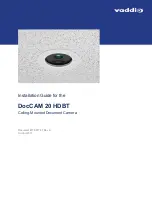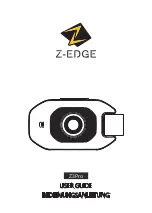
V1.02
Thom Hogan’s Complete Guide to the Nikon D300
Page 610
speeds are allowed in Aperture-priority and Program exposure
modes. Personally, I’d again avoid this option, as it introduces
huge shutter release lag, generally annoys subjects, and
doesn’t normally improve redeye characteristics. (Notes: This
option is only available with SB-26, SB-27, SB-28, SB-28DX,
SB-50DX, SB-80DX, SB-400, SB-600, SB-800, and SB-R200
flash units. The SB-26 should have its
Mode
switch set to
NORMAL
.)
ö
To set all flash sync options: hold the Flash Options button
down and rotate the Rear Command dial until the appropriate
flash mode icon is displayed in the top LCD.
Note: The SB-24, SB-25, and SB-26 also have to be set to
NORMAL
or
REAR
depending upon which flash sync
option you’re using on the camera.
Since several settings intersect one another for these options,
here’s a table that summarizes the information just presented:
Flash Option Interactions
Exposure
Mode
Allowable
Shutter
Speeds with
Front Curtain
Allowable
Shutter
Speeds with
Slow Sync or
Rear Sync
Additional
Shutter
Speeds
Allowed with
FP set
Program 1/60*
to
1/250**
30 seconds
to 1/250**
1/320 to
1/8000
Aperture-
priority
1/60* to
1/250**
30 seconds
to 1/250**
1/320 to
1/8000
Shutter-
priority
30 seconds
to 1/250**
30 seconds
to 1/250**
1/320 to
1/8000
Manual 30
seconds
to 1/250**
30 seconds
to 1/250**
1/320 to
1/8000
* Can be altered to lower number using Custom Setting #E2
** Can be altered to 1/320 using Custom Setting #E1
Flash Exposure Compensation
Flash exposure compensation can be set on the external flash
or on the D300 body. For the external flash, that usually
















































